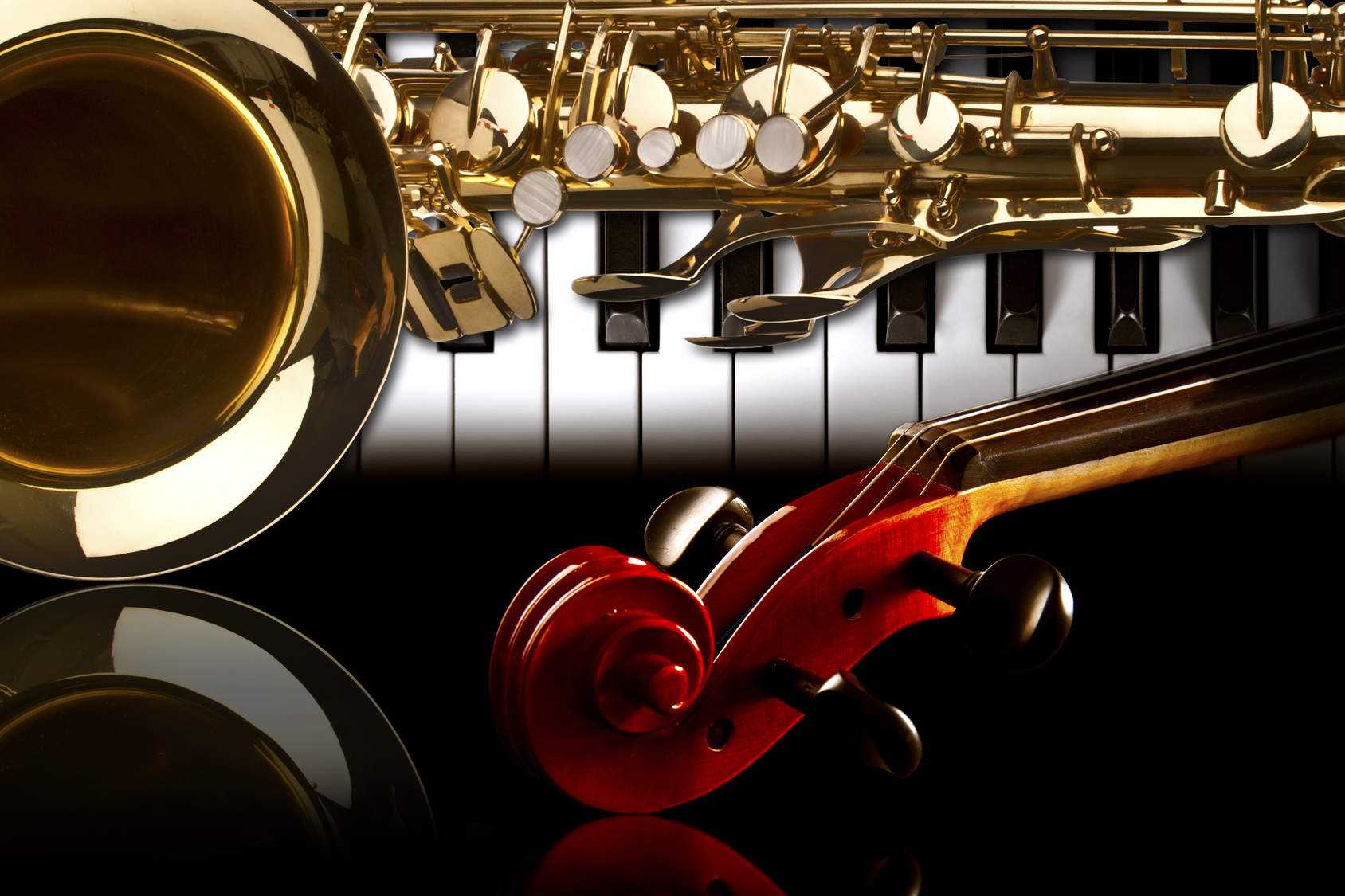Polyphony development
POLYPHONY OF THE MIDDLE AGES (9-14 VV.) Really remote occasions are referred to by the introduction of polyphony. There’s cause to think that in antiquity it was performing antiphonal (alternatively – performing and refrain, conditionally rated towards the polyphonic), Burdon (about the history of the pulling audio). This performing could be evaluated about the foundation of tradition examples of various individuals, by which traditional polyphonic types (Atlanta, the Upper Caucasus, Latvia, etc.) have now been maintained. The-art the whole religious existence within the period of feudalism, of the Center Ages was based on the chapel. Dogmatics that were spiritual defined literature, morality’s limitations. The-art included lots chapel meaning, of conference, it’s aimed, in the human towards the everlasting, such as the surfaces of the Medieval cathedral. The polyphonic epoch is symbolized from the first examples of both-talked, the foundation which was the Gregorian chant (4 slip). The chant may be the hymns, where the generations-aged performing customs of various individuals have merged title. Music’s character is rigid. Choral was done in refrain (thus the title), some areas – by one vocalist. The motion that was existing is dependent on frets. The tempo is subordinated towards the Latin wording, (5 slip, the Gregorian chant “Your Dad” seems) the very first polyphony comes from the monasteries of various nations: Britain, France, Italy. Several-talked audio seemed in serious events, done by soloists (perhaps backed from the wood).

Thus the organ’s title may be the most essential and first style that is polyphonic. Whilst the primary tunes, the tunes of troubadours were often-used in these three-talked arrangements. Along with the scrolls of information that was ethical satire was often-used. The introduction of the style that was motet designated a revolutionary change within the Center Ages’ music and exposed a “green-light” . Artists regarded it the greatest accomplishment of excellence and accurate tranquility, equally in the-art of counterpoint as well as in rhythmic. Motet was often done following the chant. Within the 13th-century. This style was done at the conclusion of the chapel support using the wording within the native-language and was used in most chapels. (6 slip, seems Guillaume p Assertive Motet) Composers: Phillip de Vitry, Guillaume p Assertive, Francesco Landino, Johannes Cicconia.
RENAISSANCE the-art of the Renaissance’s foundation was humanism – the watch that thinks an individual to become the greatest worth, protects the right that is individual to own evaluation of reality’s phenomena, free of chapel handle. Artwork (including audio) likes an enormous public expert and gets an incredibly broad flow (7 slip). The Renaissance is known as the “Era of Rigid Publishing” (“rigid design”). At the moment, an impressive flowering and complete maturation is of polyphony in music that is expressive. Polyphony’s art flourishes in the Republic, Portugal, Holland, Croatia, Germany Britain and Belgium. Polyphonic arrangements were constructed for the choir with critical accompaniment, as well as for that choir a cappella. The primary styles are religious, madrigal, motet and luxurious polyphonic tunes. The greatest accomplishment of expressive- the top style of the Renaissance and also polyphonic audio was the bulk. Purely design music’s inventive framework is controlled and elegant. Audio moves concretely, you will find no pointed and contrasts turns of motion. There’s room for thrilling increases, recessions, orgasms inside it. A rigid notice was centered on something of ecclesiastical settings, obvious harmonies that were triad won, dissonances were utilized with respect to the consonances that were existing. The qualities of the tune were based on its expressive character: the composers may provide the impact of the quick and unexpected and removed exactly what impeded the motion of the speech in the tune. Experts of rigid design perfected all contrapuntal means (including Complicated counterpoint), created just about all types of replica and cannon, popular polyphonic changes of tune (change, return motion, boost, decrease). Executing structure – the choir (kids and males) a capella using its apparently intangible sonority.
